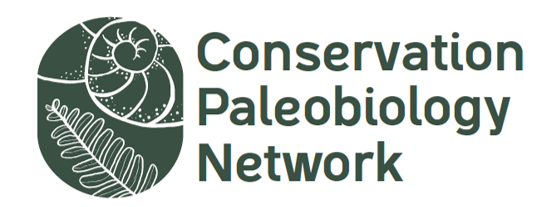For this “Meet the Scientist” post, we talked to Niklas Hohmann, a Paleobiology Master student from Erlangen, Germany.
You are currently working on your Masters thesis. Can you explain what it is about?
I examine how factors such as shell robustness, sedimentation rate, and mixing of the sediment alter the probability of shells to be preserved. For this, I use mathematical models that are also applied to study the distribution of heat in a solid medium – in my case, the heat corresponds to the shells as they spread through the sediment.
The outcomes of these models are dependent on parameters I collect from empirical data published by other researchers. This typically consists of sedimentation rates, ages of shells that were sampled from a drill core, and information on the burrowing depth of organism living in the sediment.
How does this translate into conservation efforts?
I hope it can help us to better understand how ecological signals are preserved as they age. This could then be used to take data from recent drill cores that contain information of very different ages and use it to reconstruct ecosystems before they were heavily influenced by humans.
What I currently do is essentially basic research – it will not result in any specific recommendation for policymakers. My hope is more that my work will result in statistical tools that can at some point be used by researchers that make such recommendations.
You have given quite a number of science communication talks. What is the best and what is the worst part regarding communicating science and conservation?
I love talking about shifting baselines on a local scale. Most people are not aware how much humans have already changed the environment and they get really curious about it. Sparking this curiosity is really the best outcome of science communication.
Looking at how the climate crisis is communicated to the general public, I am really annoyed by the obsession with the “iconic mammals” – pandas, ice bears etc. I understand that from a PR perspective they are very useful to get people emotionally involved, but this totally misses the point of educating them on the importance of ecosystems and biodiversity.
Which position do you have within the CPN?
Within the Student Panel, I am responsible for conference activities. As there are no in person conferences in the near future due to COVID-19, we mainly organize online events alongside larger conferences such as GSA and EGU. We are still experimenting with the format; currently we make three events around each conference that focus on getting feedback from peers and a postdoctoral researcher working in conservation paleobiology. Depending on how this develops, we might start an informal coffee hour on a regular basis where students can ask their questions. This is only a vague idea right now, but let’s see what the future brings.
You will be finishing your Masters soon. Are there any things you wish you learned earlier?
Having basic graphic design skills would have helped immensely along the way. I got a quick intro into Adobe Illustrator two days before I had to finish my first poster. Creating the poster was an unpleasant experience for everybody involved.
Another thing that I wish I was taught is specifically writing for different audiences, ranging from fourth graders to the press office, the general audience, and peers. I am still struggling with this, but it is such an important skill when it comes to communicating science.

